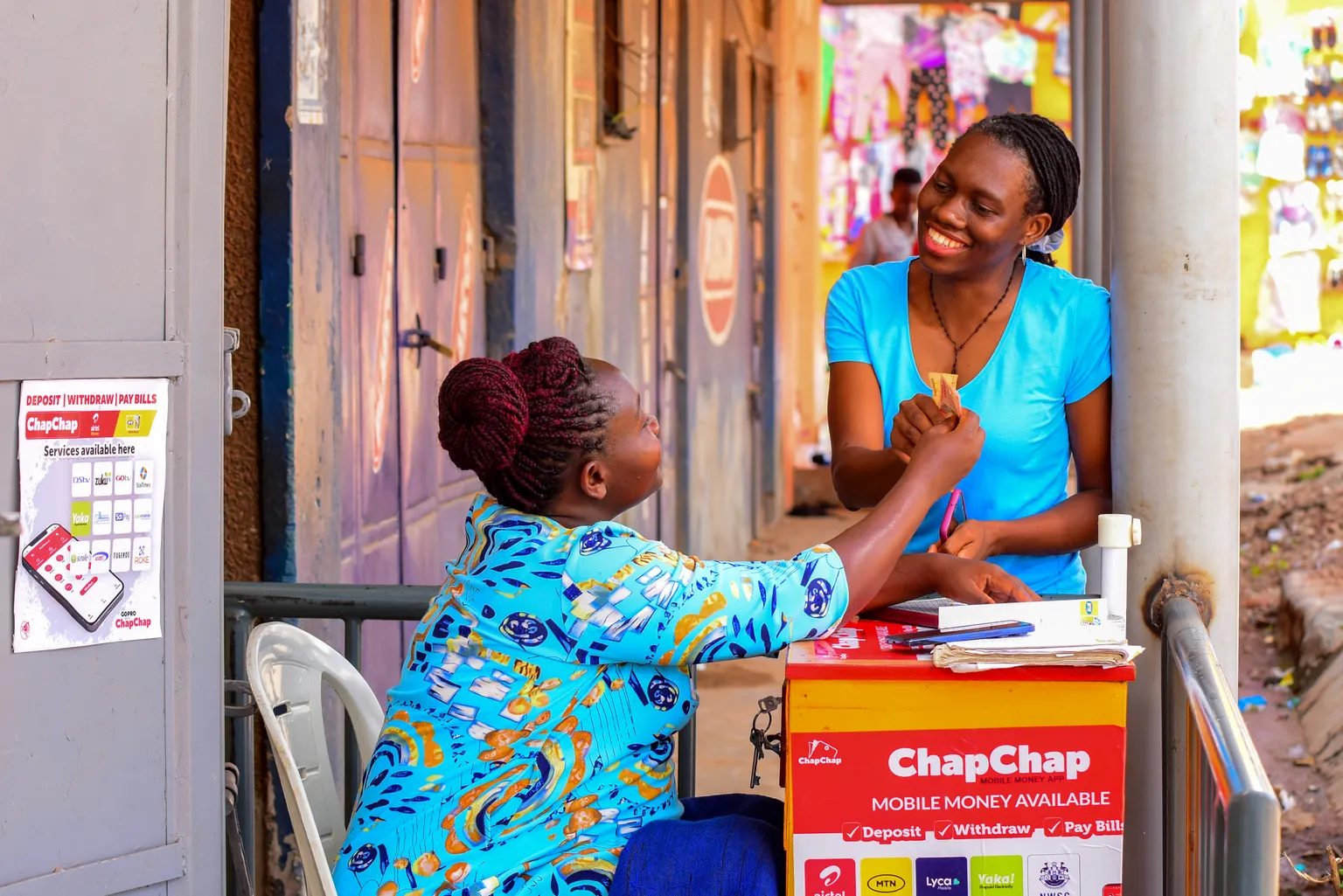Insights from reviewing 400 inclusive business proposals
Throughout Cambodia, Ethiopia, Uganda, and Zambia, local entrepreneurs are transforming business challenges into growth markets.

Across developing economies, promising businesses face a persistent paradox: they have innovative solutions that can potentially solve local development challenges but lack the capital to scale. Traditional investors often perceive these markets as high-risk, creating a funding gap that stifles growth precisely where impact could be most significant. This is where initiatives like Innovations Against Poverty (IAP) play a crucial role—providing catalytic grants for businesses and technical support to businesses with proven inclusive business models.
400 stories of innovation
The third round of IAP recently completed its evaluation phase, reviewing 400 inclusive business proposals across four countries. As our evaluation team worked through these applications, distinct patterns emerged that tell a larger story about the evolving landscape of inclusive business. These were more than applications; they were 400 different visions for how business can transform lives in emerging markets. Each proposal represented an entrepreneur's attempt to balance profit with purpose, scale with impact, and innovation with practicality.
There was a clear distinction between investment-ready businesses and those that are not. The evaluation revealed that the most promising businesses—the 57 that made our shortlist—share distinct characteristics that make them attractive for support and promise for investment-ready enterprises:
Clear Mutual Benefit: They articulated a compelling case for how their business model creates value for the company and people living in poverty.
Evidence-Based Market Demand: Unlike weaker applications that relied on assumptions, top contenders presented concrete evidence that customers would pay for their services or products.
Cross-Sector Integration: Many businesses transcended traditional sector boundaries, recognising that addressing complex challenges requires integrated approaches that tackle interconnected issues simultaneously.
The numbers start to tell a story
The 57 shortlisted applicants collectively requested €9.3 million in funding while proposing €17.2 million of their resources. This represents an average of €164,000 in requested funding and €302,000 in co-financing per applicant. More striking is the leverage ratio of 64.9%—while still unverified, again, if those came to fruition, it would mean that for every euro provided by IAP, entrepreneurs would be committing 1.85 euros of their own resources. This ratio speaks to a fundamental shift: businesses are looking to programs like IAP not for handouts, but rather for strategic partnerships that can help refine and scale developing models. Notably, 39 of the 57 shortlisted applicants are at the scaling stage—businesses that have validated their model and are positioned for growth. This concentration of scale-ready enterprises suggests that the inclusive business ecosystem in these countries is maturing, with more companies moving beyond the concept stage to demonstrate commercial viability alongside social impact.
There was a further tendency for companies to work across multiple sectors, reflecting how challenges and opportunities are increasingly interconnected. Businesses recognised that addressing one development challenge often requires tackling several interconnected issues simultaneously. For example, agricultural businesses incorporated climate adaptation strategies, water management, and digital financial services into their business models. This trend toward cross-sector innovation may signal a maturing inclusive business landscape, where entrepreneurs increasingly recognise that the most effective solutions transcend traditional sectoral boundaries.
The power of targeted support
Our evaluation process revealed another critical insight: businesses that participated in webinars and one-on-one meetings with IAP programme managers consistently produced stronger proposals. These findings highlight how targeted support does more than improve individual applications—it directly enhances businesses’ capacity. Many inclusive businesses have viable models but fail to secure funding simply because they lack the skills to communicate their value proposition to potential investors effectively. By deliberately filling this ecosystem gap with structured business development support, programs like IAP improve applications and enhance the pipeline of investment-ready businesses, creating value beyond the initial investment in support services.
Looking forward: from potential to impact
Shortlisting is not the end, but rather the beginning. These businesses now enter due diligence, during which our team will work closely with them to refine their business plans and prepare compelling pitches that showcase both impact potential and opportunities for business growth. This phase serves as the crucial bridge between promising ideas and businesses that are ready to accelerate towards investment readiness. The 400 applications reviewed by IAP narrate a larger story about the evolving business landscape in developing economies. By supporting businesses at a critical stage in their development, IAP and similar initiatives help bridge the underserved missing middle, assisting companies from their early-stage innovation to become investment-ready, scalable enterprises. As these businesses develop, they create ripple effects throughout their communities, generating employment, strengthening supply chains, opening new markets, and delivering essential goods and services to underserved populations.